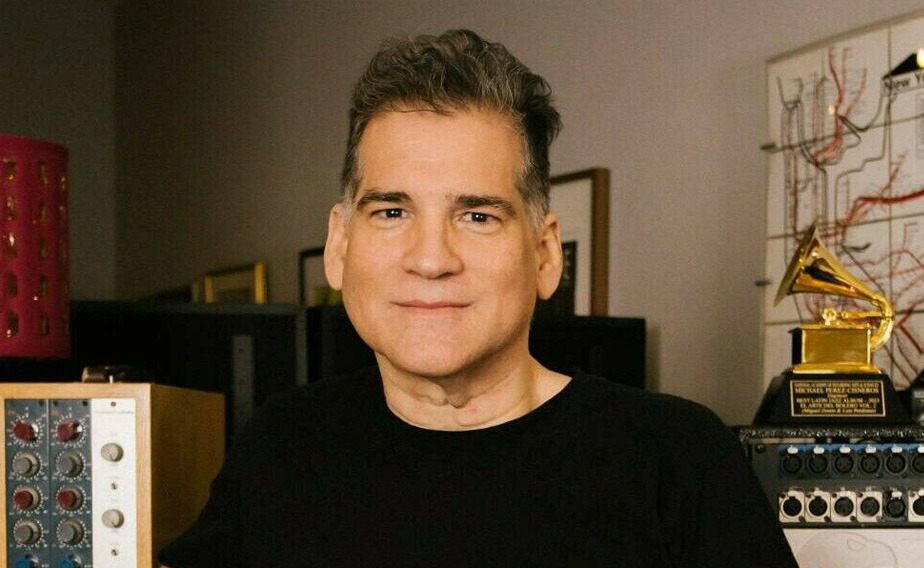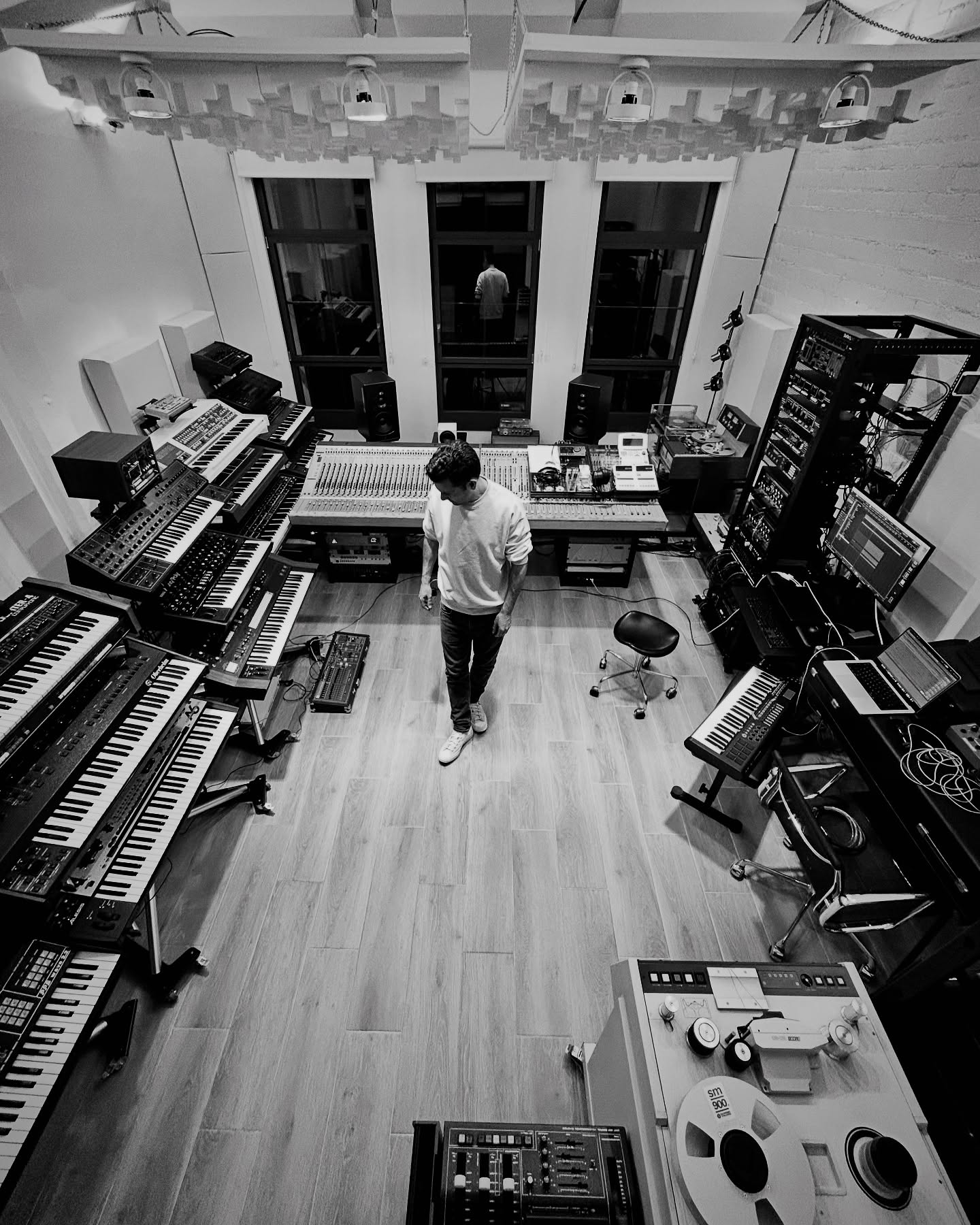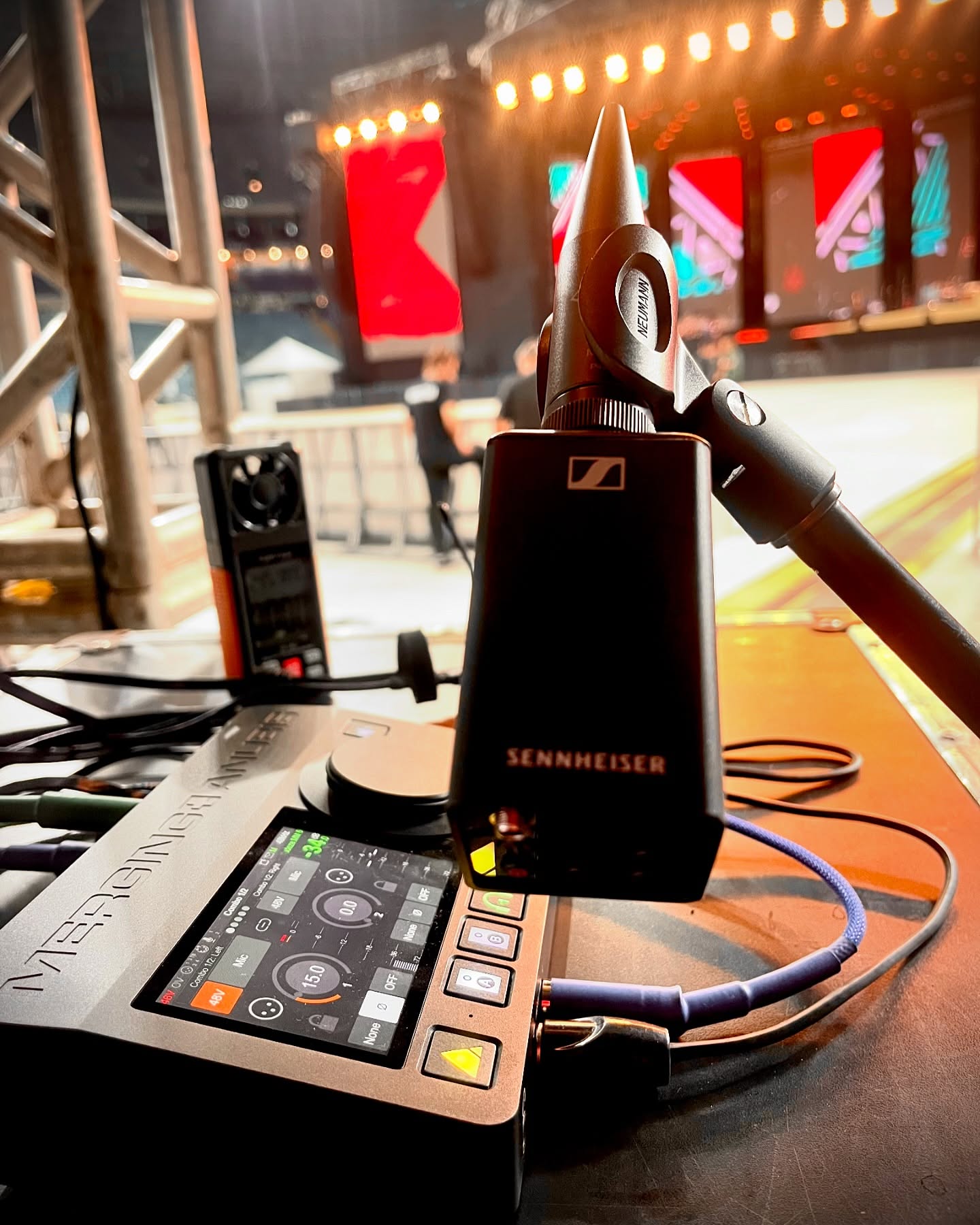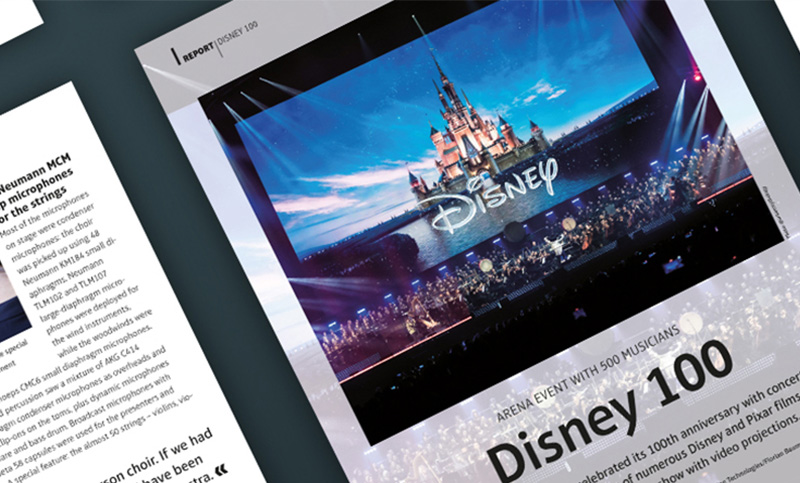-
Highlights
-
Products
-
Pyramix | Digital Audio Workstation
Ovation | Audio & Event Sequencer
ANEMAN | Audio Network Manager
Audio Tools
-
-
OEM Solutions
-
ZMAN RAVENNA/AES67
Success Stories
Studio Technologies Enhances ST 2110 Integration With Merging’s ZMAN Module
- November 25th 2024
ADI RAVENNA/AES67
Success Stories
ALSA RAVENNA/AES67
Success Stories
Comrex meets AES67 demands with a solution from Merging Technologies
- October 15th 2024
-
-
News
-
Merging to unveil Ovation 11 at ISE 2025 in Barcelona
- January 22nd 2025
Free Pyramix or Ovation Elements
with a new purchase of a Merging interface-
No end date currently
The Sennheiser Group at IBC 2024
- September 1st 2024
-
-
Sales
-
Support
-
Training
Resources
Tech Support
Downloads
-
-
Company
-
Contact Us
- Merging Technologies
- Route du Verney 4,
- 1070 Puidoux, Switzerland
- +41 (0)21 946 04 44
- General Enquiries
- OEM Enquiries
- Tech Support
Merging Technologies
What's Up?
-
Phillip Schulz
Germany
Phillip Schulz on immersive audio and the power of Merging Technologies
Starting as an orchestral double bass player, renowned music producer and film score mixer, Phillip Schulz was first seduced by the recording and production side of the industry about 20 years ago. As comfortable producing and recording classical music as mixing music for movie soundtracks in 5.1, Phillip Schulz relies on the products of Merging Technologies to handle the increasing demand for Atmos content.
Schulz’s music recording is facilitated through a complete Merging Technologies set-up, but any film projects are usually supplied as Pro Tools sessions, so his studio needs to work with both. Fortunately, he can switch quite easily since he uses the same RAVENNA infrastructure from Merging Technologies for both the Pyramix and Pro Tools rigs.
Generally, Schulz’s sessions start in halls and venues of varying sizes, and he takes two Pyramix Native sets on the road with 48 channels of Hapi and an Anubis. “The Hapi units can be positioned on the floor, on the stage or even in the roof and can be expanded and contracted to fit the size of the project, but the ability to connect the whole system via Cat 6 cables has proven to be such an advantage,” explains Schulz. “RAVENNA has probably been the biggest game changer of my career, and one of the best investments since my original Hapis are ten years old now. The flexibility and ease of connection on location and the simplicity of changing the DAW in my studio have improved my situation so much. Regardless of the software, any computer with an Ethernet connection can simply plug into the switch.”
SusanneSchulte_DSC1368_1600px.jpg) Phillip Schulz - Photo credit: Susanne Schulte
Phillip Schulz - Photo credit: Susanne Schulte
The other device that has dramatically improved life on the road and at home for Schulz is Merging’s Anubis. With different delivery formats to consider, being able to switch monitor sets and headphone balances with the touch of a button has been a huge bonus. A footswitch connected to the Anubis caters for the talkback and his whole network can be controlled by Anubis. Setting up the session requires initial monitoring on his Neumann KH120 or KH80 speakers and then most of the session will be listened to on headphones.
“Another more recent revolution is the addition of SoundID Reference to the Anubis,” continues Schulz. “On location, the listening rooms can be very compromised and being able to remove the worst acoustic artefacts is brilliant, and now SoundID is Atmos-capable, I can tune my studio as well.”
All the gear in his studio is permanently set up with a MassCore Pyramix computer and Anubis and Hapi handling the monitoring channels. His main three PMC IB2S monitors are a legacy from the 5.1 days but the remaining 7.1.4 speakers are a mixture of Neumann KH120 and KH80 for the ceiling plus a KH750 for the LFE. It is impractical to listen to Dolby Atmos during the session, so the return to the studio is where the magic happens.
SusanneSchulte_DSC1367_1600px.jpg) Mobile recording setup with 2 Hapis - Photo credit: Susanne Schulte
Mobile recording setup with 2 Hapis - Photo credit: Susanne Schulte
Mixing and mastering reveal other situations where Pyramix offers unique advantages, and these are complemented by the RAVENNA infrastructure. Multiple panning busses allow the simultaneous compilation of the stereo and the Atmos mix which saves a lot of time. As the mixes are both in the same project on Pyramix, keeping the time alignment of the different versions is easy and the same timecode on all versions ensures that all are in sync and any CD markers applied will be identical.
For monitoring, Shultz relies on MERGING ANUBIS. Apart from being a superb monitor controller, it can be programmed to have all these sources available with one button push. Since all the computers will be on the same network, it is easy to program a button to switch to a different output.
Schulz was used to setting up the system manually in Anubis but this was rather time-consuming. The addition of Sound ID Reference has changed all that, making the process far simpler and more accurate. It also offers many more EQ points. In an ideal world, all speakers in an Atmos room would be identical but this is not always possible. In Schulz’s case, the room size dictates that two different Neumann models are used but he still wants to retain the three faithful PMC units in the front. Being able to time align all these and set up precisely matched levels is vitally important and easily achieved.
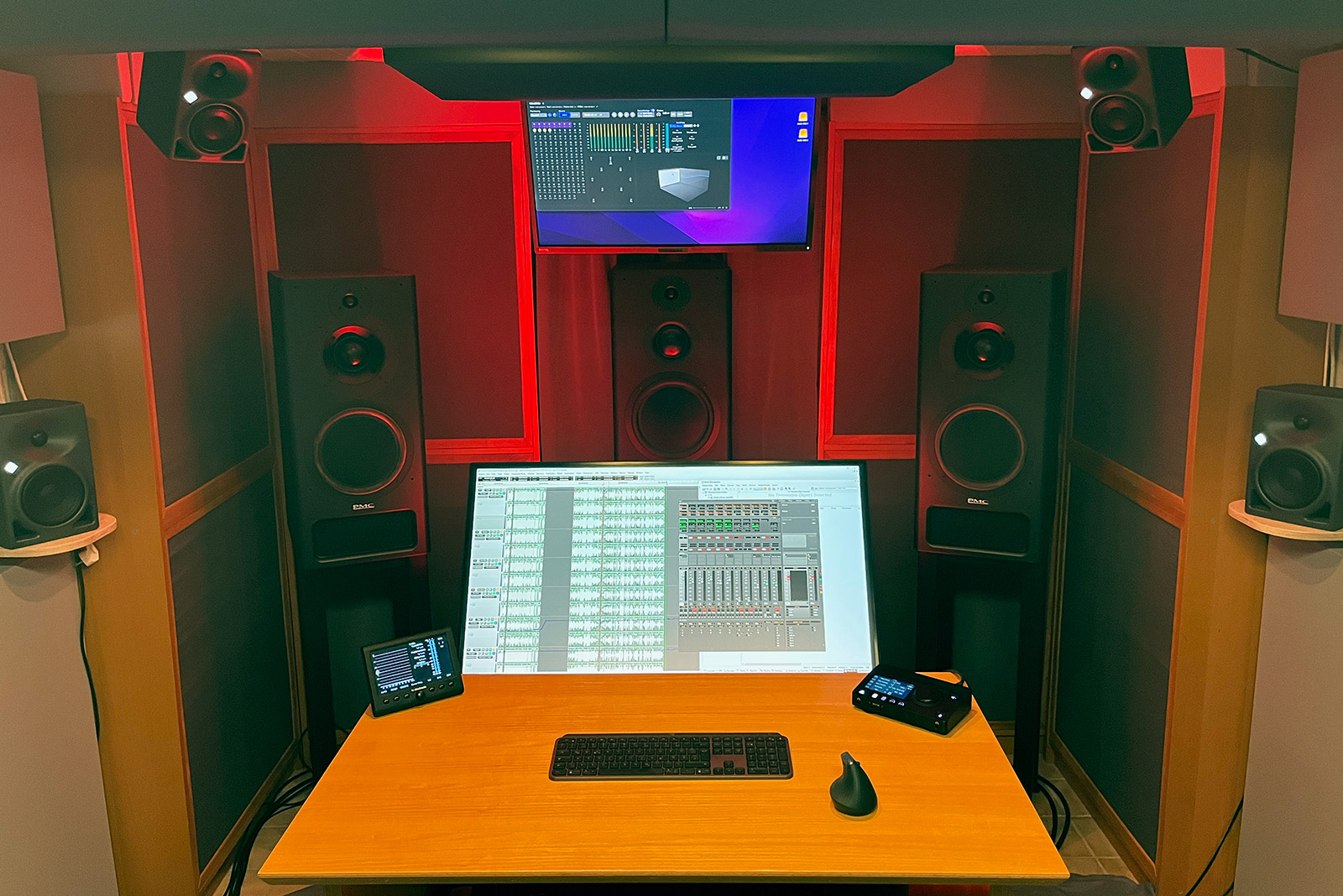 Phillip Schulz Atmos Studio - Photo credit: Susanne Schulte
Phillip Schulz Atmos Studio - Photo credit: Susanne Schulte
Unlike in 5.1, the surround speakers are full range and likely to be used for an instrument so making sure the balance is precise is ultra-critical. Anubis is at the “heart of everything” with its ability to control the monitor selection, the overall monitoring level, the RAVENNA network and setting up the individual loudspeakers.
“I keep my recording as a single project and because I have multiple busses, I can export the CD master and the Atmos plus the 24bit/96kHz versions simultaneously, including the timecode. I have one set of markers for them all and Anubis allows me to monitor the reference master or any of the other outputs. The whole process is really streamlined and Pyramix is incredible for this,” confirms Schulz. “I love it.”
As Schulz navigates the shift from 5.1 to Atmos, he finds camaraderie within the Atmos community in Germany “We are all getting used to the new immersive world and although we have used other formats, it is clear that Dolby Atmos is required by most labels,” says Schulz. “Even though it costs extra now, it is probably a good economy in the longer term rather than recreating the mix later. Maybe at some point, we won’t even need the stereo mixes anymore.”
SusanneSchulte_DSC1378_1600px.jpg) Phillip Schulz and mobile studio setup - Photo credit: Susanne Schulte
Phillip Schulz and mobile studio setup - Photo credit: Susanne Schulte
 Mobile studio setup - Photo credit: Susanne Schulte
Mobile studio setup - Photo credit: Susanne Schulte
More info:














